Slow-breathing giraffes, poo-eating koalas and big-hearted whales have all helped solve 21st-century medical problems, says Australian-based intensive care doctor and writer Matt Morgan.
"It's obvious that human and non-human animal lives are so linked. So why not bring those links together in medicine?” he tells Kathryn Ryan.
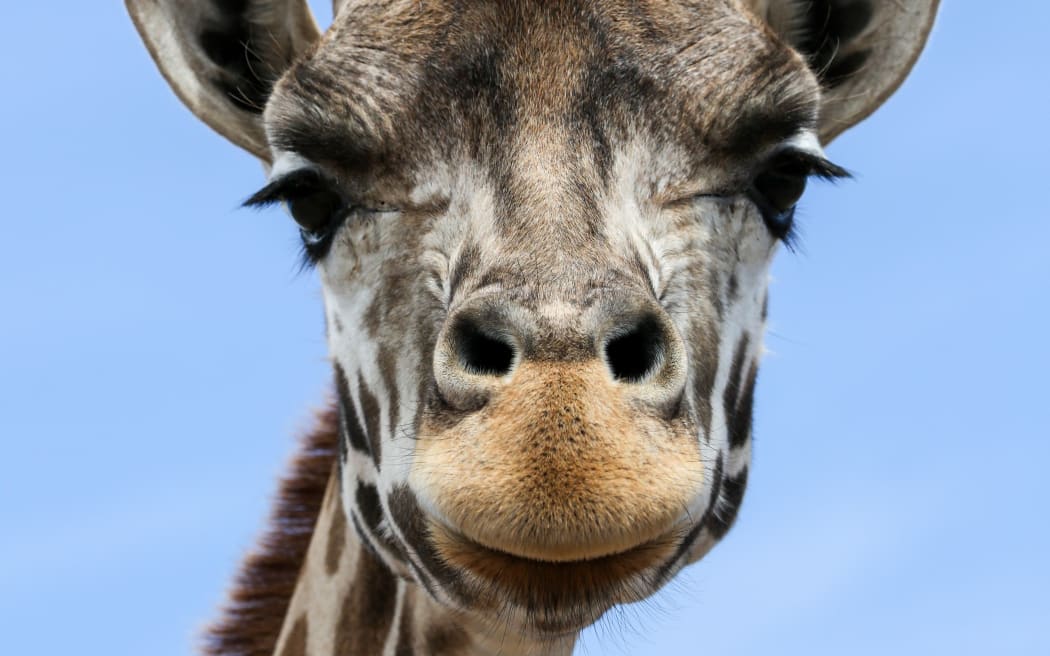
Photo: Slava Abramovitch
In the new book One Medicine, Morgan delves into how understanding animals can help save human lives.
He first become interested in animal physiology after encountering a person who'd gone into cardiac arrest after choking.
“As we were looking after this patient there were a load of birds flying past the window, and it just kind of struck me... birds fly past things all the time - why don't birds choke on things? Why don't they inhale and choke on flies?”
In intensive care units, humans “step along the bridge between life and death”, he says.
“So for me, it made sense to look at other non-human animals who normally live in those extremes of survival.”
Giraffe breathing can tell us much about how to treat human patients with asthma, Morgan says.
“There's a big problem in asthma called 'dead space' where the amount of breath going in and out is tricky because of the way the disease affects your lungs.
“Giraffes deal with this concept of dead space every day because they've got a long neck, where air goes up and down that doesn't reach their lungs. And so they breathe with a very slow rate.
“[Giraffes] breathe maybe only a few times a minute. And yet every time they do breathe, they breathe a huge breath, they have a very large what's called tidal volume."
Life support machines are set to match this rhythm, Morgan says.
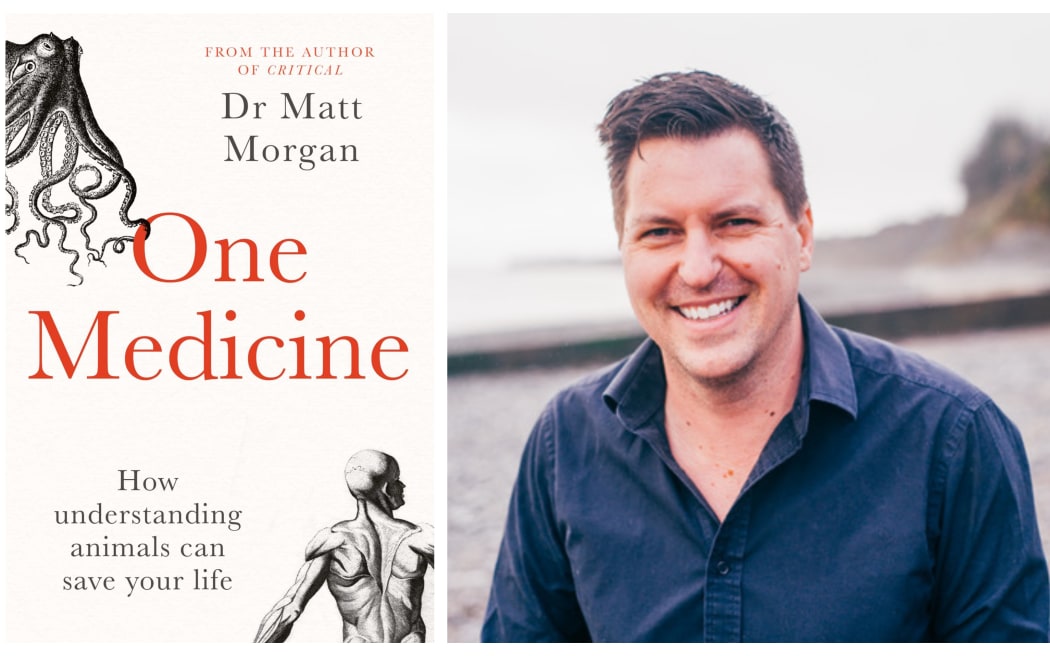
Dr Matt Morgan Photo: supplied by Harper Collins NZ
West Australian koalas in Western Australia looked after their gut health long before humans started obsessing over probiotics, he says.
Not native to the state, the cute marsupials struggled when they were first introduced.
“The reason they didn't do well is because they couldn't digest the local eucalyptus species. And the reason they couldn't do that was because they didn't have the right gut bacteria.”
Koalas kickstart their own microbiome by eating their mother's poo.
“They do this on purpose. And the reason they do it is to transmit those bacteria which allow them to digest the local eucalyptus, so those zookeepers imported faeces from koalas who could digest the local species from the East Coast, fed it to the koalas here in Western Australia.
“And it worked, you know. They are now here, they survive. They have other problems, but that is not one of them.”
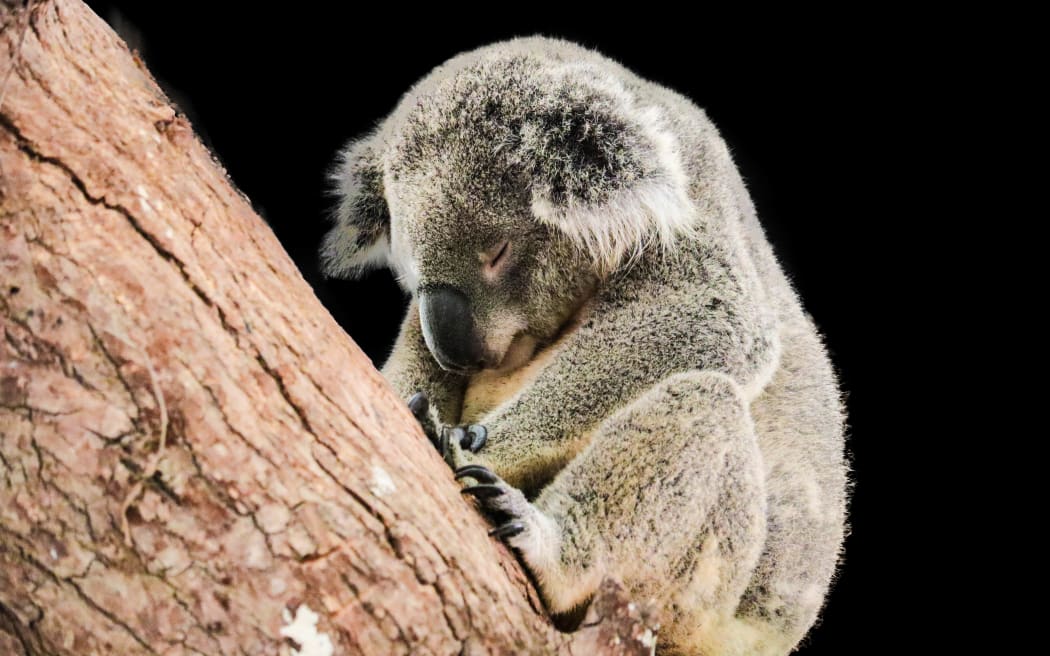
Photo: 123RF
Ants are an incredibly well-organised species who are particularly adept at managing outbreaks of disease, Morgan says.
“They actually do all the same things that we eventually came to as humans. They wash their hands, they use an antibacterial acid, which they squirt on each other to remove any bacteria.
“They isolate the vulnerable in certain areas of the colony. And they even close their schools. There are areas where young ants develop in which they close when there are colony outbreaks.
“They vaccinate each other by transmitting small amounts of material.
“They do all the things that we eventually discovered and in fact, they probably do a lot better job than some governments around the world have done.”
In his 2019 book Critical, Morgan writes about how frog breathing has helped us improve human life support systems, Dr Morgan says.
In 1952, a 12-year-old polio patient named Vivi became the first person in the world to receive life support.
“They made a hole in her neck and got medical students to squeeze an inflatable bag keeping her alive for weeks, months, and little Vivi survived.
“But what we didn't realise at the time is the damage of what's called positive pressure, when you squeeze air into lungs can do when you're on a life support machine.”
Frogs have already got this covered, Morgan says.
“The frog knew all about the damage this kind of breathing could do. And in fact, the frog uses just the right amount of air - we now know from a big research paper in 2010.
“The frog breathes with exactly the same amount of air per kilogram per body weight as humans now do.”
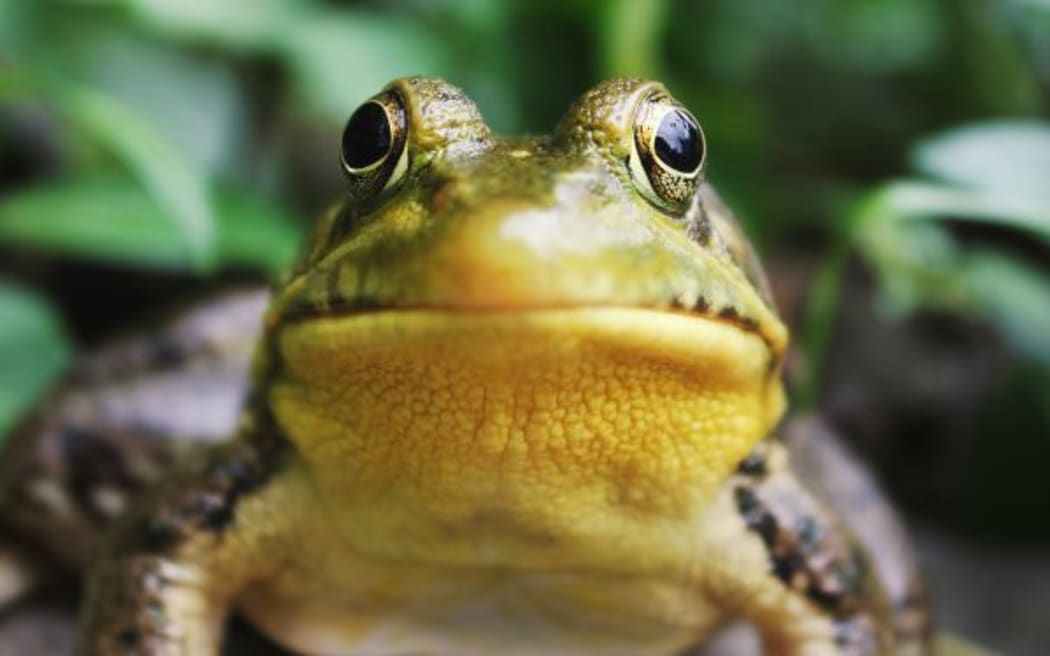
Frog Face Photo: (Jack Hamilton via unsplash.com)
Whales have deepened our understanding of the human heart, Morgan says, as their own grand piano-sized tickers present considerable engineering challenges.
Fascinated with how a whale's heart works, a group of researchers attempted the "rather tricky" task of taking a wild blue whale's heart rate - during mating season.
“I don't know if anyone's ever had an ECG recording done whilst they're trying to mate but probably wouldn't be very popular. And especially because whales mate in threesomes, actually.”
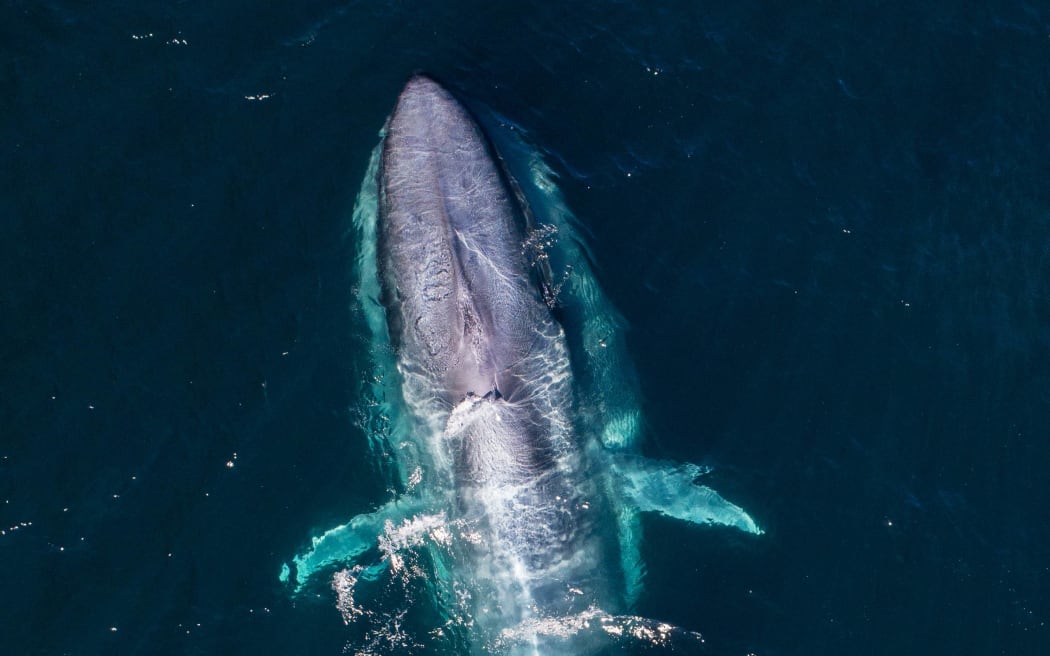
Blue Whale Feeding credit Mark Carwardine Photo:
Notwithstanding these amatory challenges, the researchers managed to take an ECG, Morgan says.
“They found out that the time taken for electricity to move from the top to the bottom of the heart was extraordinarily quick, it was just double that of humans.”
This discovery has informed the medical treatment of conditions such as atrial fibrillation - a condition where the top of the heart moves erratically.
“We can now treat [atrial fibrillation] by understanding the electrical circuits in the heart and actually burn some of those circuits selectively ... and that's partially thanks to some crazy person taking a whale’s ECG whilst they were trying to mate.”
Morgan believes student doctors and vets would benefit from training together.
“It just seems a bit crazy to me that as a human doctor, we swear an oath to one species on the planet. And yet, if you were a vet, you swear an oath to every other species on the planet.
“We know how interconnected human and non-human animal lives are, we now know that now more than ever, with the outbreak of zoonotic disease, the issues of climate change how we adapt to different agricultural habits and so on.
“It's so undeniable, it's obvious that human and non-human animal lives are so linked. So why not bring those links together in medicine?”

